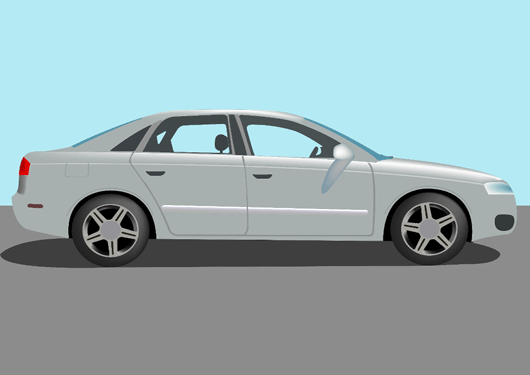
Visit Our Sponsors |
|
|
|
|
|
|
|
|
|
|
|
|
|
|
|
|
|
|
|
|
|
|
|
|
|
|
|
|
|
|
|
|
|
|
|
|
|
|
|
|
|
|
|
|
|
|
|
|
|
|
|
|
|
|
|
|
|
|
|

Company researchers have tried to roust the engineers with bells, buzzers, warning lights, vibrating seats and shaking steering wheels. They've even put a second engineer in the vehicle to keep tabs on his human counterpart. No matter - the smooth ride was just too lulling and engineers struggled to maintain "situational awareness," said Raj Nair, Ford's product development chief.
“These are trained engineers who are there to observe what’s happening,” Nair said in an interview. “But it’s human nature that you start trusting the vehicle more and more and that you feel you don’t need to be paying attention.”
The struggle to prevent snoozing-while-cruising has yielded a radical decision: Ford will venture to take the human out of the loop by removing the steering wheel, brake and gas pedals from its driverless cars debuting in 2021. That sets Ford apart from most automakers including Audi and General Motors Co., which believe drivers can be counted on to take the wheel if an accident is imminent.
Not Quite Driverless
BMW, Mercedes-Benz and Volkswagen AG’s Audi plan to roll out semi-autonomous cars starting next year that require drivers to take over with as little as 10 seconds notice. On a scale embraced by the U.S. government, these cars would qualify as Level 3 — more capable than cars where drivers do everything, but short of full automation.
RELATED CONTENT
RELATED VIDEOS
Timely, incisive articles delivered directly to your inbox.


